Claps, cheers, and tooting of horns as waiting crowd streams across checkpoints in Woodlands and Tuas at midnight


SINGAPORE - Minutes before the land borders were set to reopen at 11.59pm on Thursday (March 31), the waiting crowd began to move. At midnight, they streamed by foot, car and motorbike across the checkpoints in Woodlands and Tuas, many heading towards home or meeting family members who were waiting on the other side to pick them up.
Cars tooted their horns as they drove into the complex, while people on foot clapped and cheered before the jubilant mood quickly settled into one of business as usual of clearing immigration checks.
The border had been closed since March 17, 2020. By 10.50pm, more than 200 people, mainly Malaysian, were waiting patiently at Woodlands. At Tuas, some 500 motorbike riders waited eagerly as time went by, some revving their machines in anticipation.
Speaking to reporters at about 12:30am, Senior Assistant Commissioner Chua Tuan Meng, ICA land domain commander, said: “The reopening of our land borders mark another significant milestone in our transition towards living with Covid-19. ICA and other agencies have been working closely with our Malaysian counterparts to reopen our borders in a safe and calibrated manner over the past few months. It has been more than two years since all the restrictions are in place at the land checkpoints.
"Fully vaccinated travellers for both countries are now able to cross land borders by all modes of transport, reunite with their loved ones, and (travel) for leisure since midnight.”
Among those who waited for hours at Woodlands were Ms Anita Vijayan and Mr Kathiravan David Pushpanathan, who have been separated from their baby for five months.
The couple, who are both 26 and working as chip manufacturing operators in Singapore, were waiting to go back to Johor Baru to see their eight-month-old baby.
Ms Anita said: "I'm speechless with excitement. We last went back via the vaccinated travel lane but it was hard to get tickets and very troublesome with all the testing and documents."
Their plan was to walk across the border when it opened and get a Grab ride or a lift from Ms Anita's father to get to their home, which is about 10km from the checkpoint.
As the couple did not apply for leave, they will be returning to Singapore on Friday before their work shift starts.
Singaporean couple Calvin Tan, 25, and Iris Toh, 24, were the first in the queue. They had arrived at 7.30pm as they did not want to be caught in human traffic, and will be returning to Singapore on Sunday.
“We wanted to ensure we had enough time to do what we want to do in Malaysia,” said Ms Toh.
“I want to spend time with my mother who is in Malaysia, and also introduce my relatives to my boyfriend. He also wants to make sure he has the time to visit his grandfather’s grave ahead of the Qing Ming Festival.”
Mr Choy Yook Fong, 50, who works in IT, said he was extremely happy to return home to his wife of 20 years and their two sons.
She was waiting at the Malaysian immigration building to pick him up after he made that midnight trek across the Causeway.
While Mr Choy got to visit his family twice this year under the Vaccinated Travel Lane (VTL) scheme, he said he was looking forward to moving back home. He plans to commute daily from Johor once his company restores a daily cross-border transport service for Malaysian workers.
"The last two years have been very painful. I video call my wife seven to eight times daily because we miss each other a lot, and I am very excited to return home to see her."

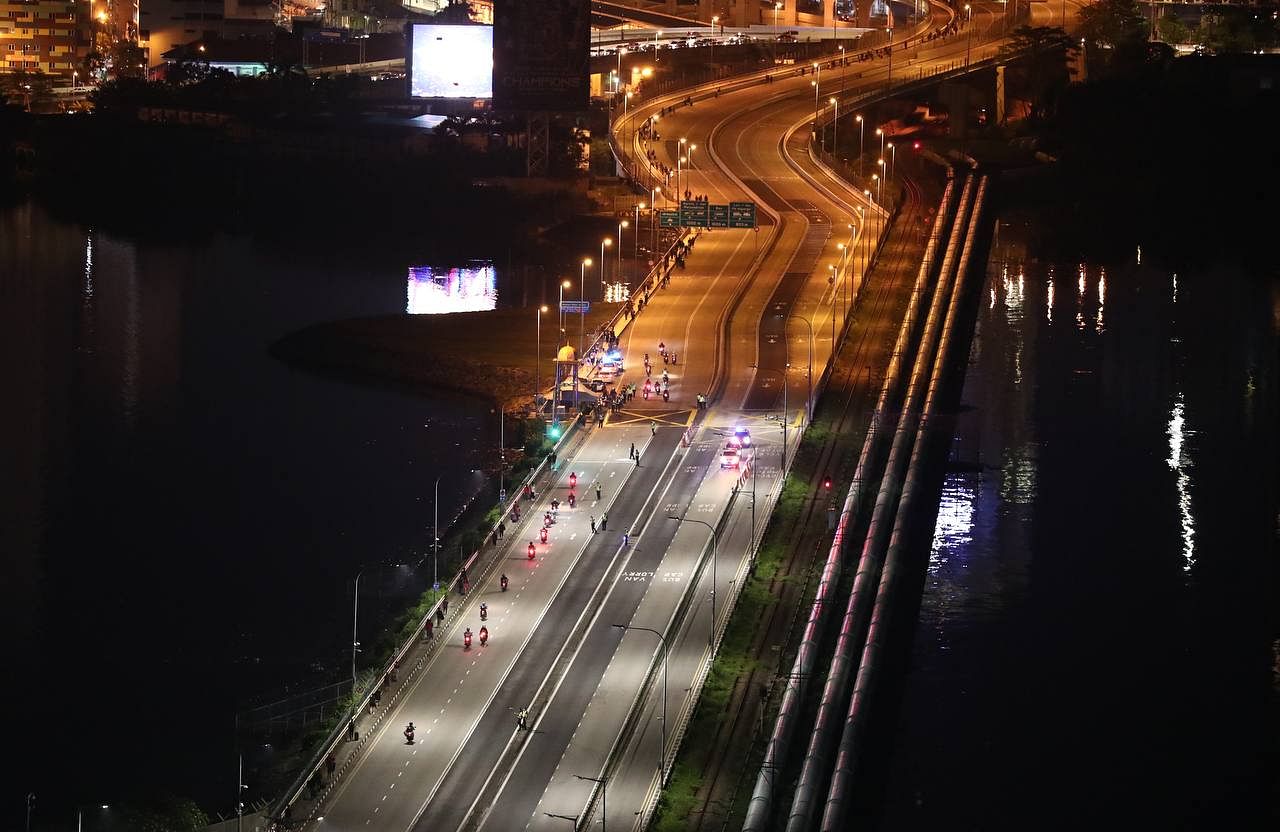
Meanwhile, his colleague Azrief Azhar, 25, an associate engineer, was excited to be seeing his brother and parents for the first time in two years.
He had bought VTL bus tickets to return to Malaysia on April 26, but decided to go back earlier when he saw that border restrictions were being eased.
"I am nervous now too, because we are the first batch of people to be returning to Malaysia freely and I keep feeling like I am missing some documents," he said.
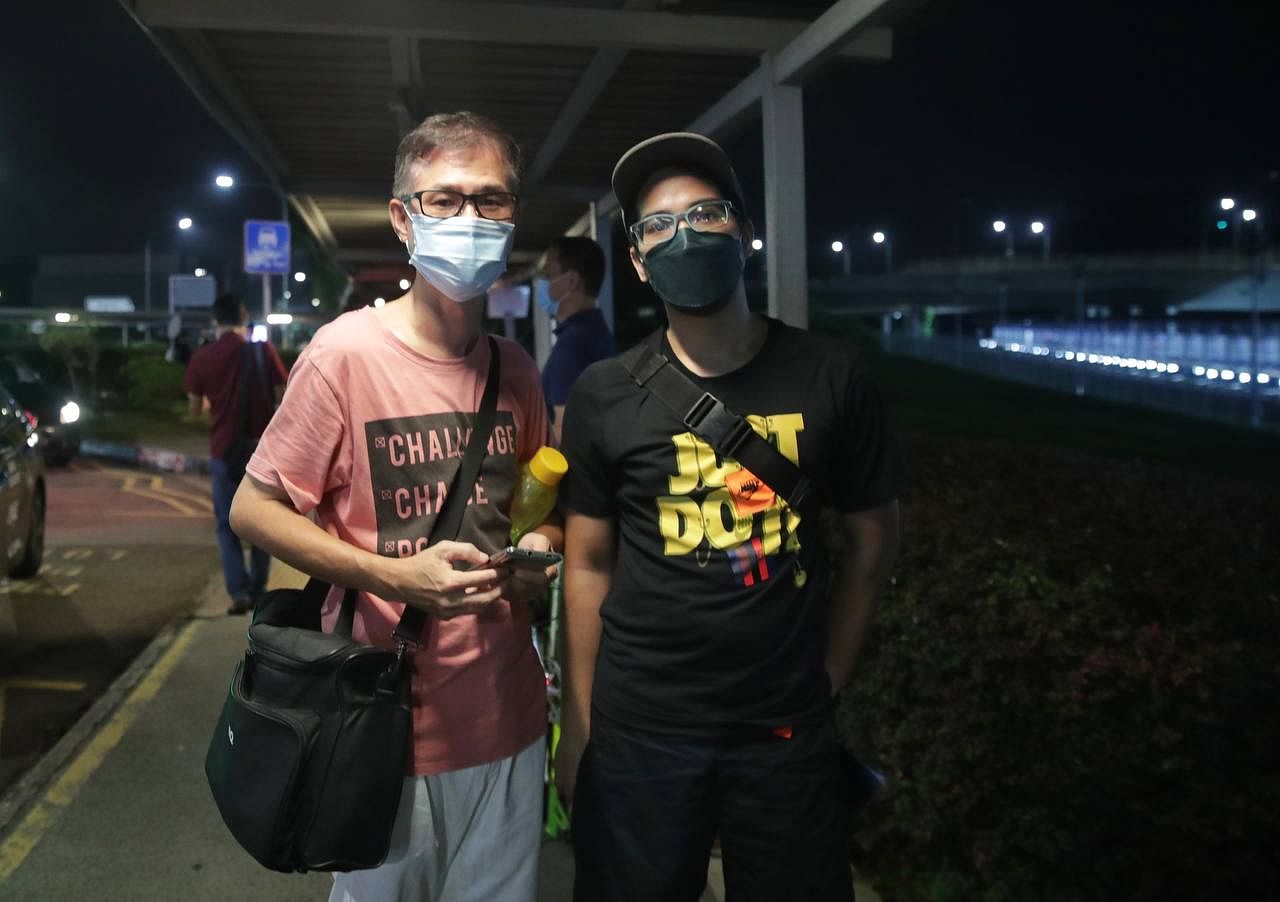
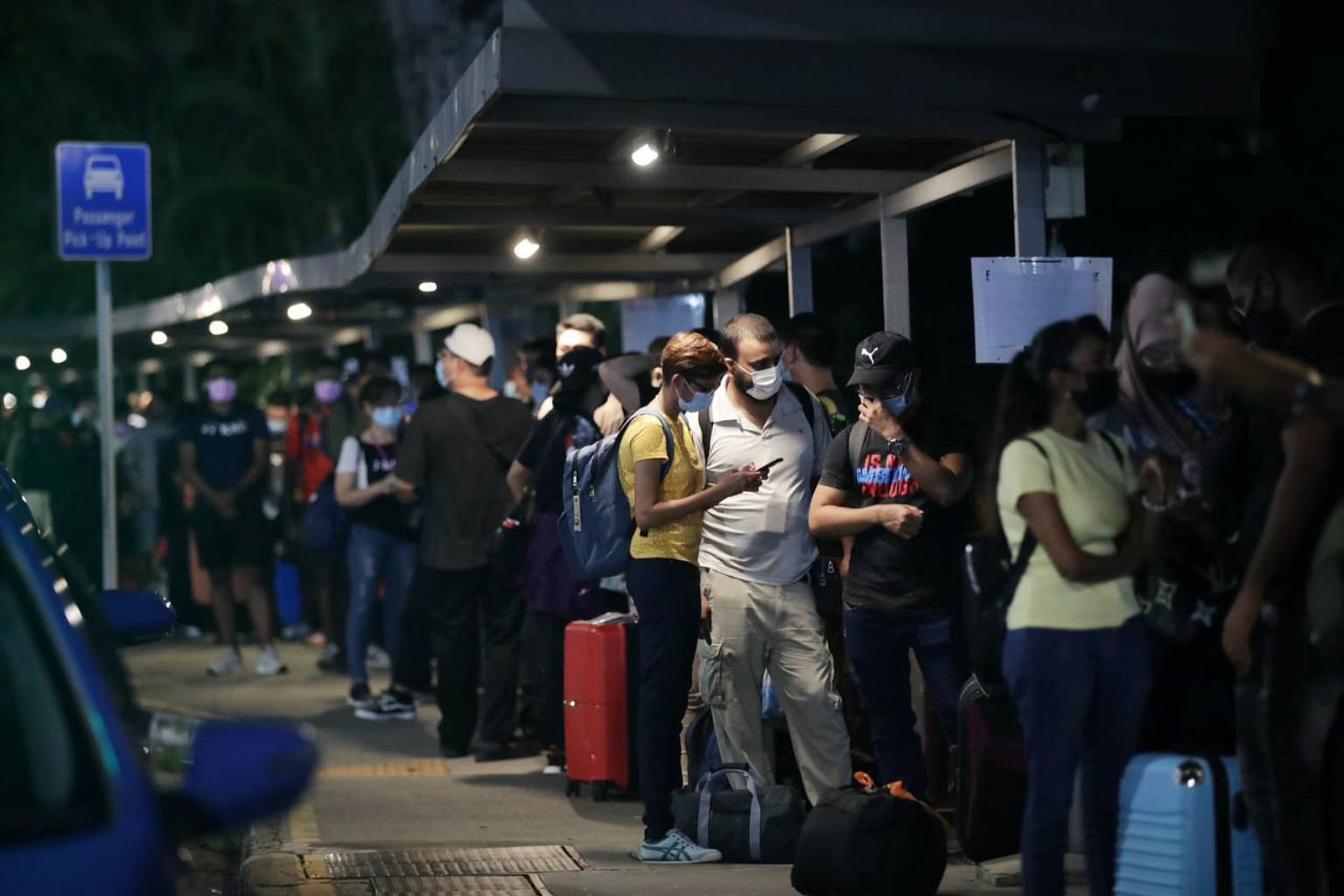
From Friday, travellers who are fully vaccinated against Covid-19 will be able to travel between Singapore and Malaysia without having to take any Covid-19 test or serve quarantine. They will no longer be required to take designated VTL buses.
There is also no longer any cap on the number of daily overland travellers which had been 6,800 daily via the VTL.
Electronic technician Norle Khamis, 40, who has been working in Singapore for the past eight years, will see her husband and four children for the first time in nine months.
Madam Norle, who used to travel back to Johor Baru by motorcycle every weekend, said it had been difficult to get VTL tickets. Her husband was to be picking her up when she crossed the border on foot with her friends at midnight.
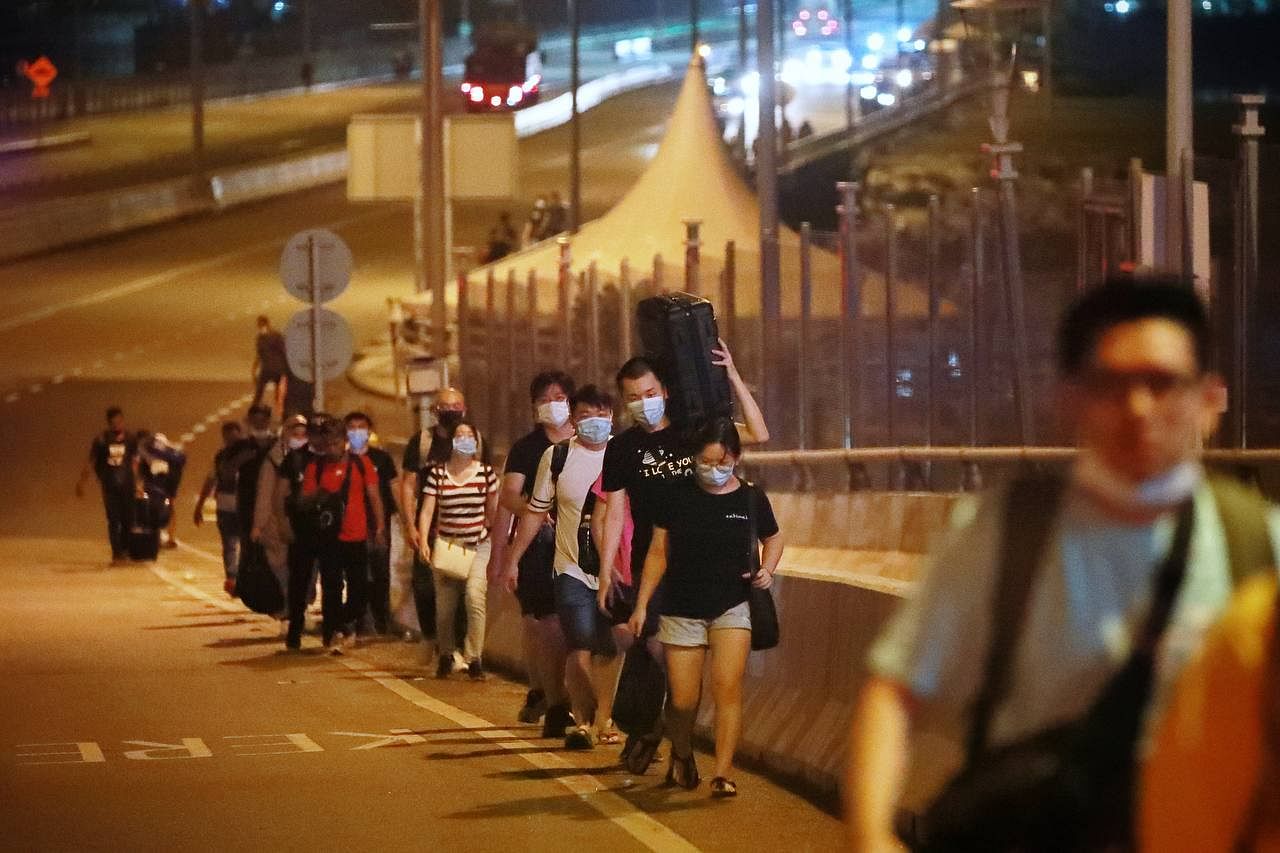
The first person to emerge from the Woodlands Checkpoint building, at about 12.40am, was Mr Arun Kumar, who had walked from the Malaysian side.
The 37-year-old Malaysian, who works at Certis Cisco, had been home in Johor Baru for two weeks using the vaccinated travel lane. He said the journey was smooth and took him about 20 minutes, and there were 50-100 people walking with him.
The highly anticipated reopening of land borders is set to kick-start short trips between the neighbouring countries.
A Land Transport Authority (LTA) spokesman said it had received around 20,000 Vehicle Entry Permit (VEP) applications as at 6pm on Thursday.
"This shows good demand for cross border travel. Congestion during peak times is anticipated and travellers are advised to check traffic alerts before proceeding to checkpoints," added the spokesman.
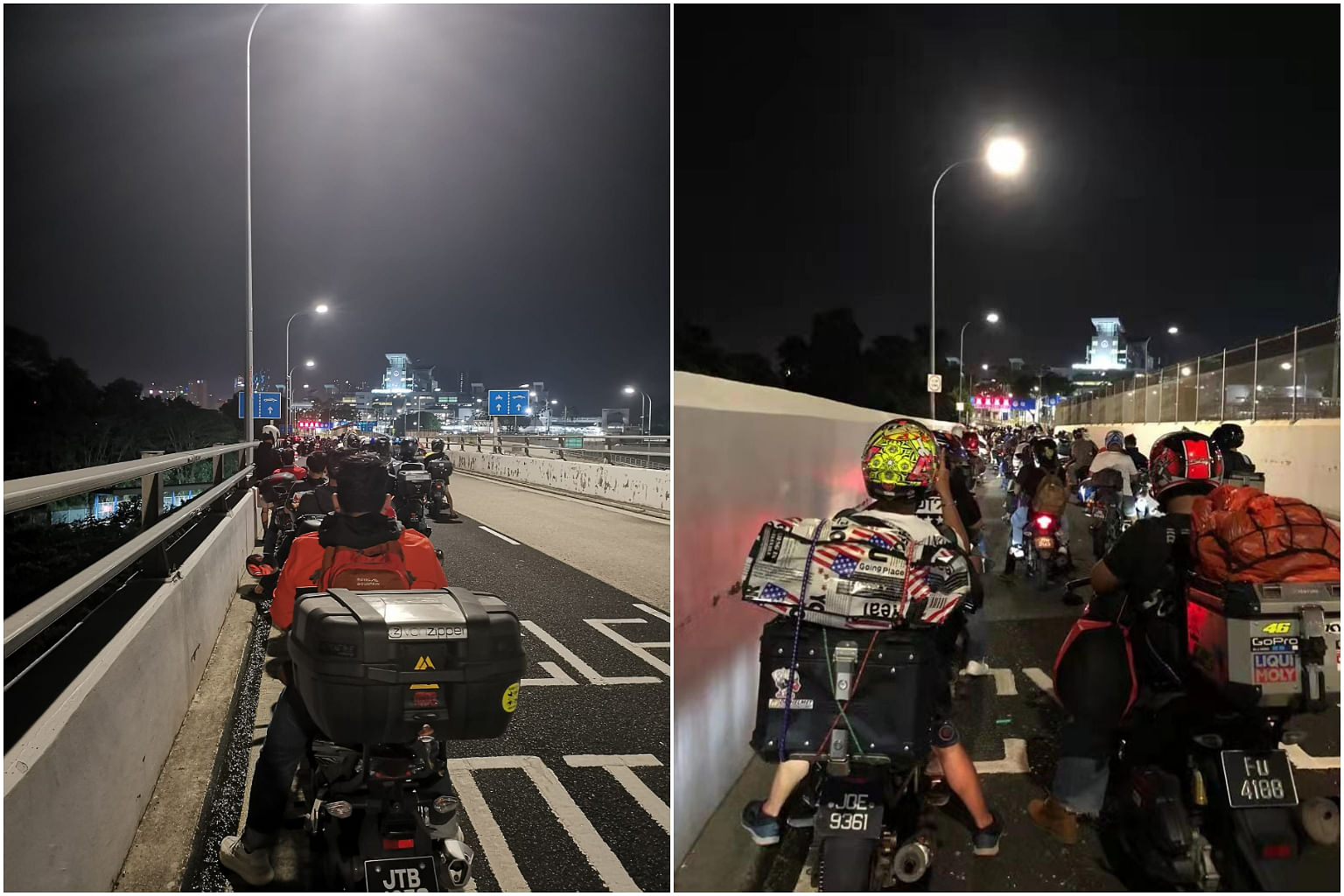
The reopening could also provide a shot in the arm to both countries' tourism sectors.
Before the pandemic, Malaysian tourists were the seventh-biggest spenders in Singapore, just behind the United States and Japan, and ahead of South Korea.
Among tourists in Malaysia, Singaporeans spent the most there - about $6.59 billion in 2019.
Associate Professor Walter Theseira, an economist from the Singapore University of Social Sciences, said the most important outcome of the border reopening is in the relieving of manpower constraints.
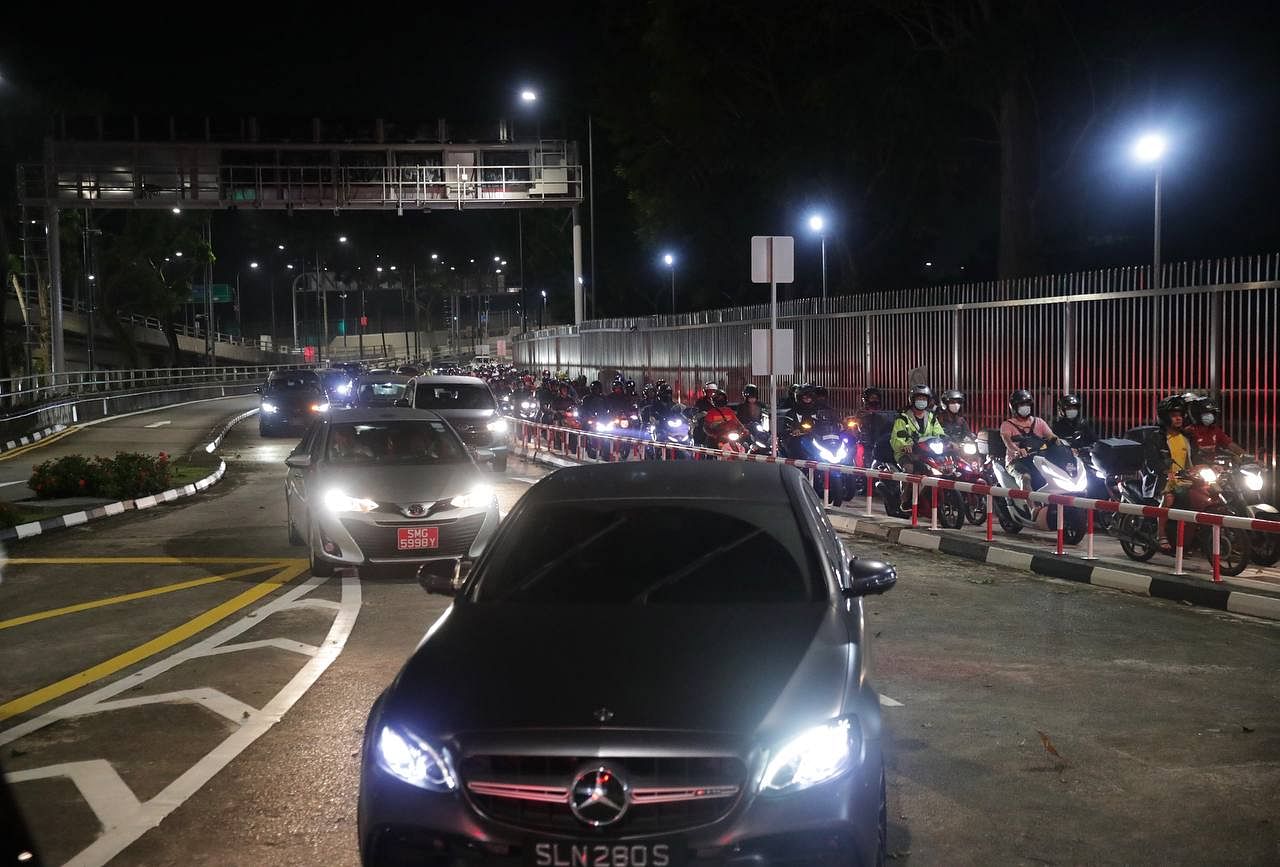
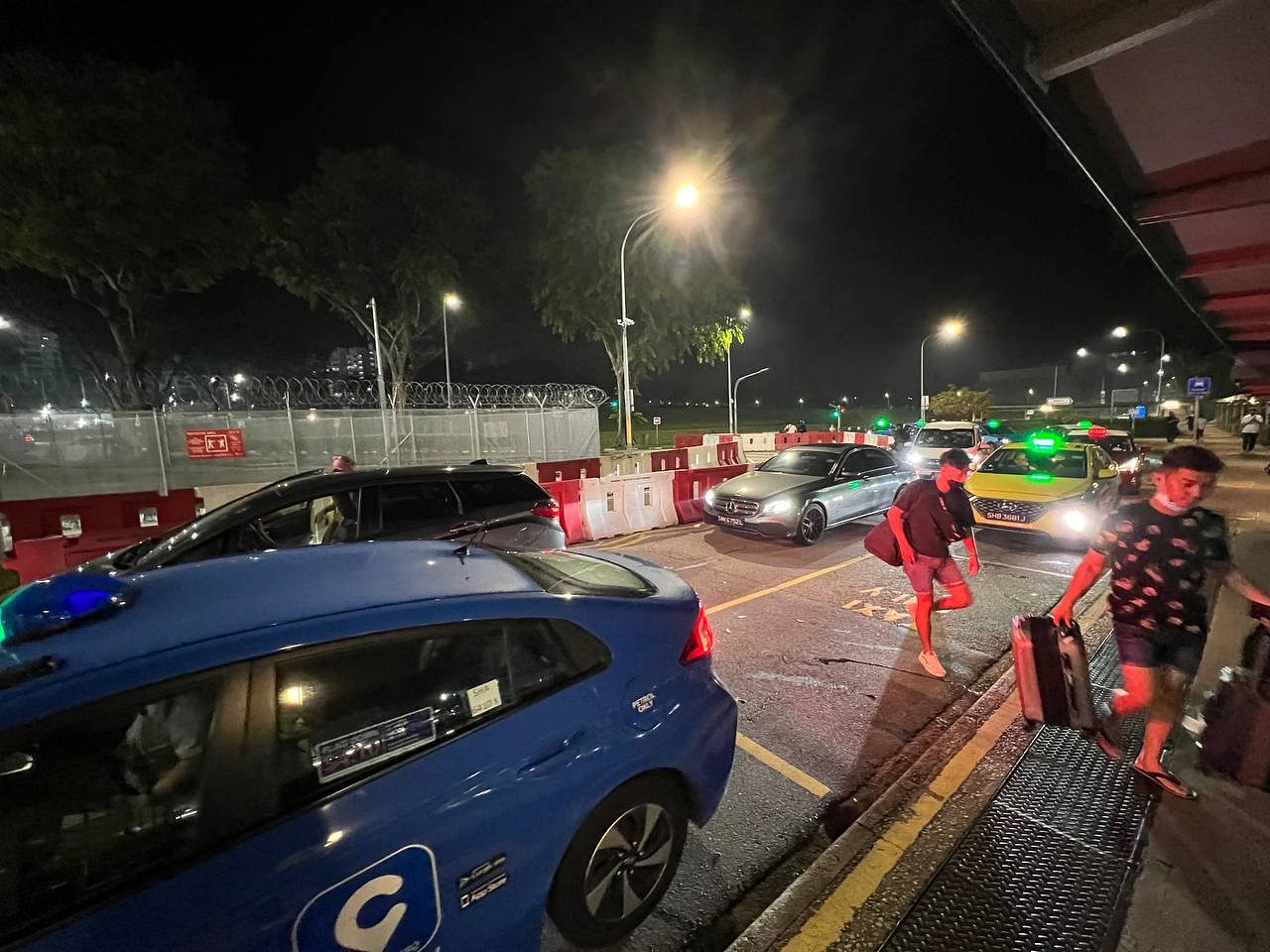
Malaysian workers who had commuted daily to Singapore before the pandemic had either quit their jobs to stay with their families back home, or had to be paid more by their employers to be convinced to stay here, noted Prof Theseira.
"With the opening of the border for daily travel, it's likely that many such workers will resume daily commuting, and it will be easier for Singapore employers to hire Malaysians," he said.
"This will be quite significant for the service sector in Singapore which relies heavily on Malaysians."
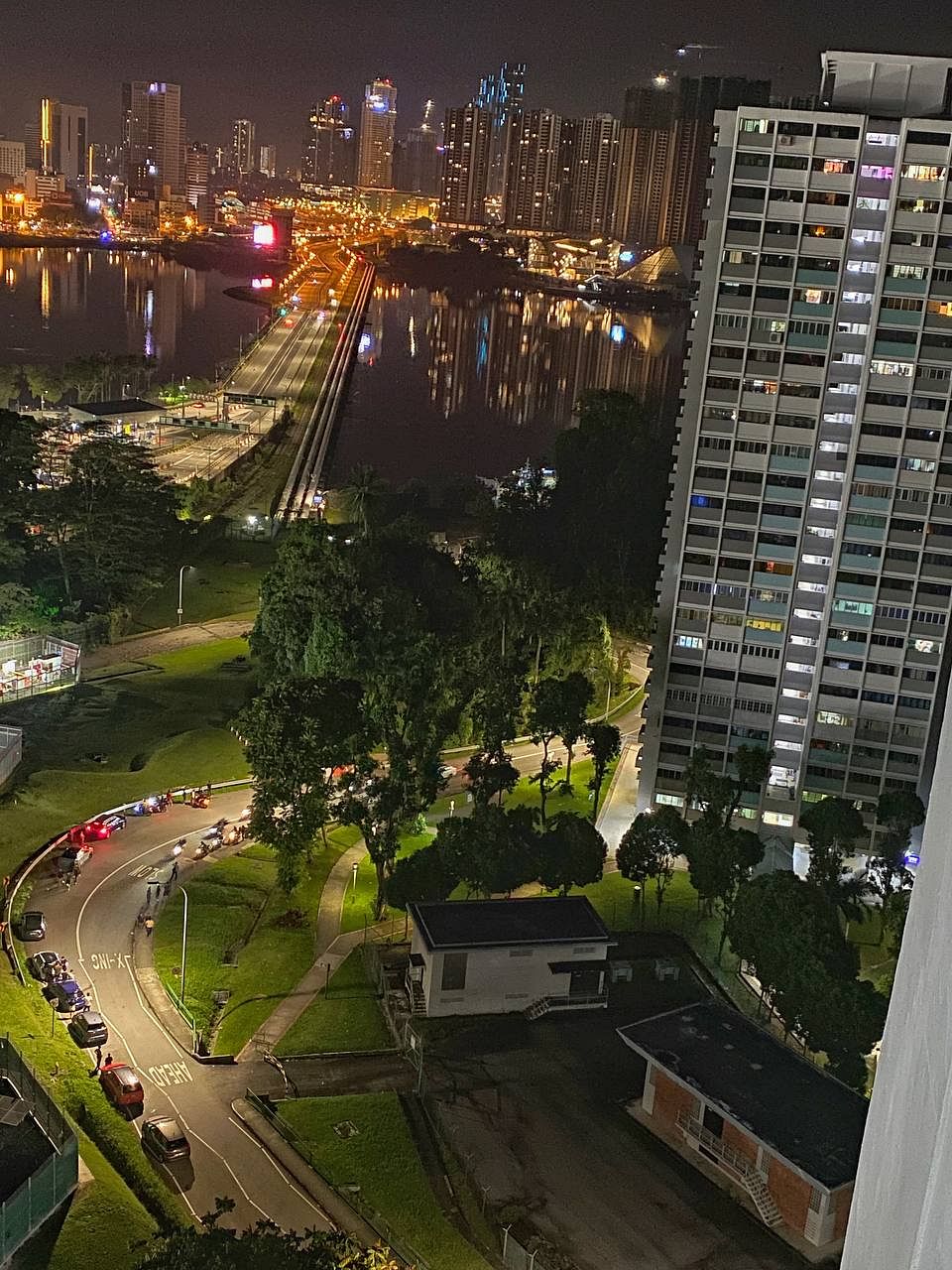
Meanwhile, Malaysia will benefit from the direct economic impact of tourism, he said. It will also benefit from the indirect impact of Malaysian workers in Singapore spending more time and money back in their home country, Prof Theseira added.
He said Singaporeans are unlikely to embark on leisure trips to Malaysia at scale until more travellers gained experience of how border protocols work.
Prof Theseira, who also cited the time needed to restore land transport links and for employers to work out commuting arrangements with Malaysian workers, said: "I expect that the full benefit will take some weeks or months to work out."
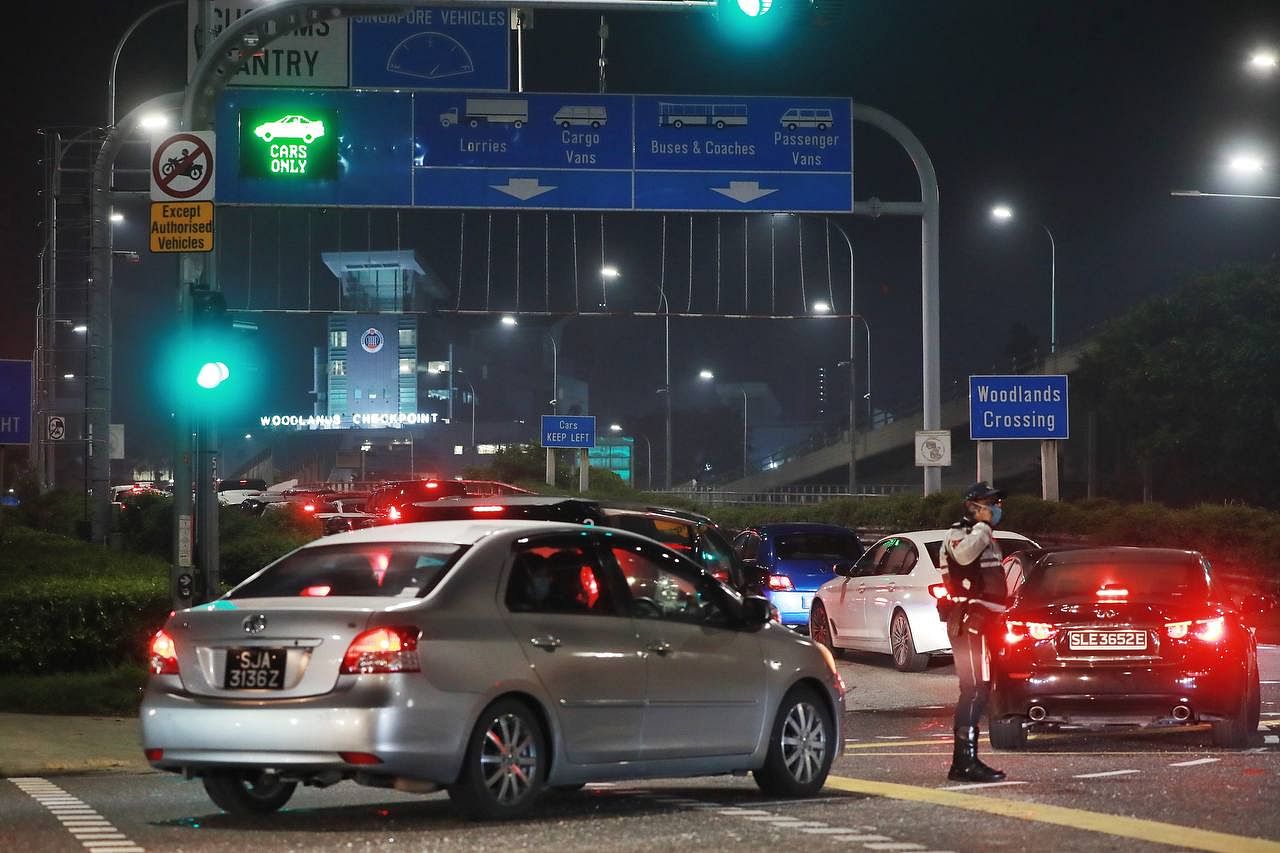
Assistant engineer Alex Chia, 23, went to check out the crowd at the ICA building with his mother even though he plans to return to Malaysia only later on Friday.
They were both excited about being able to easily visit Mr Chia's father and brother again after not seeing them since December 2019.
"My dad and my brother miss my mother's good cooking," said Mr Chia. "I will make the trip tomorrow, and I think the queue will be crazy long, with everyone excited to return home. I think it will stretch to Ang Mo Kio."
This article was first published in The Straits Times. Permission is required for reproduction.